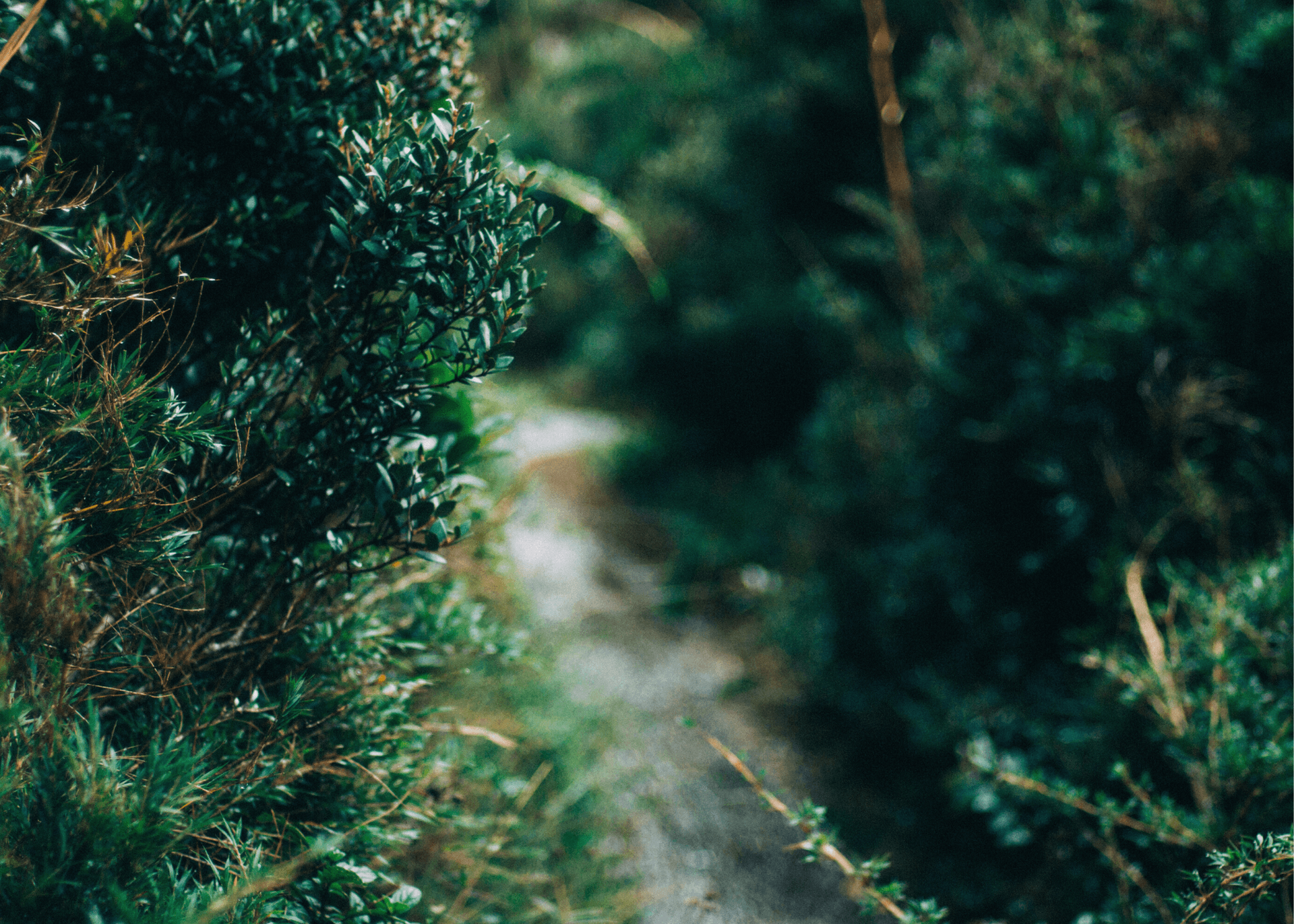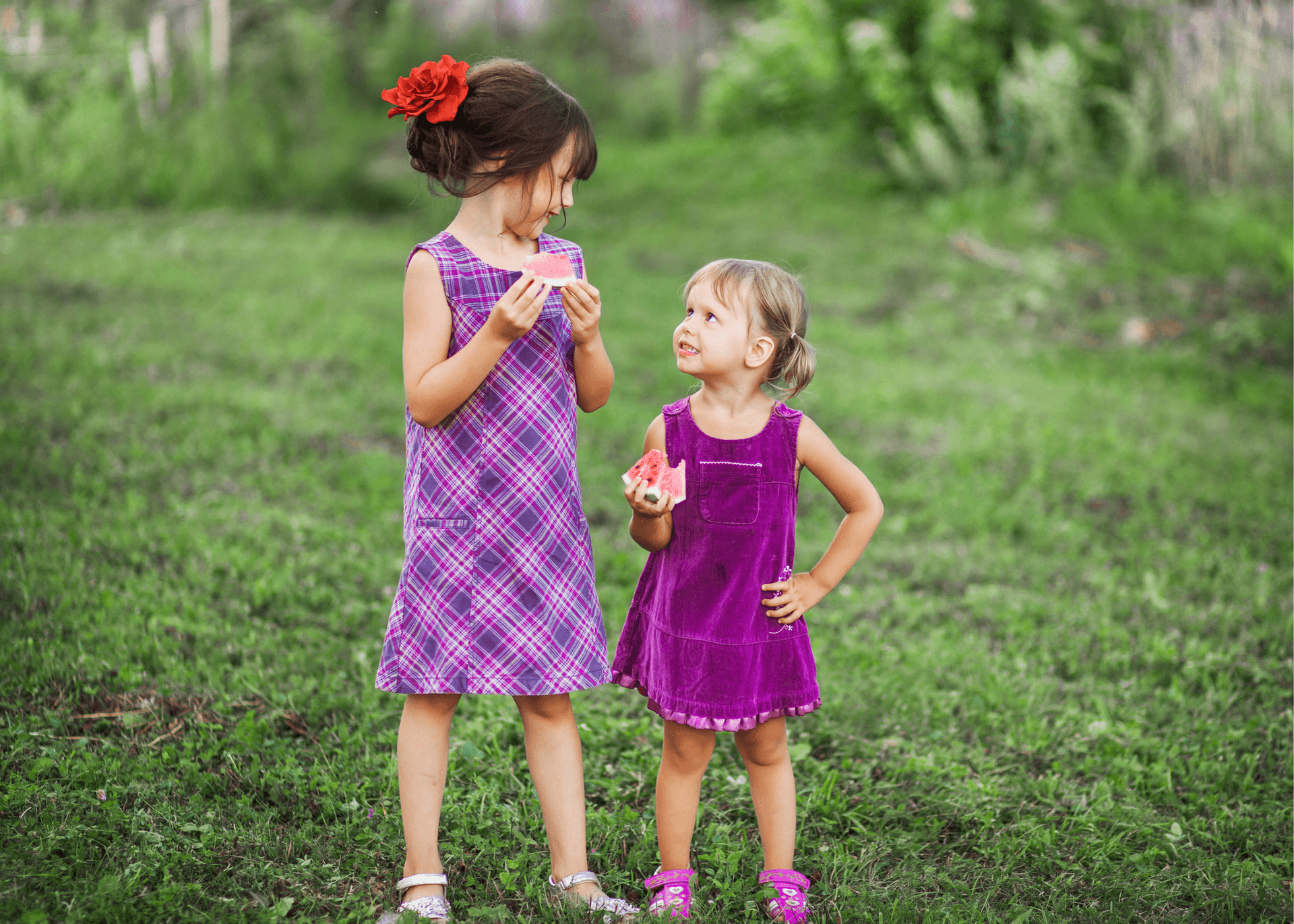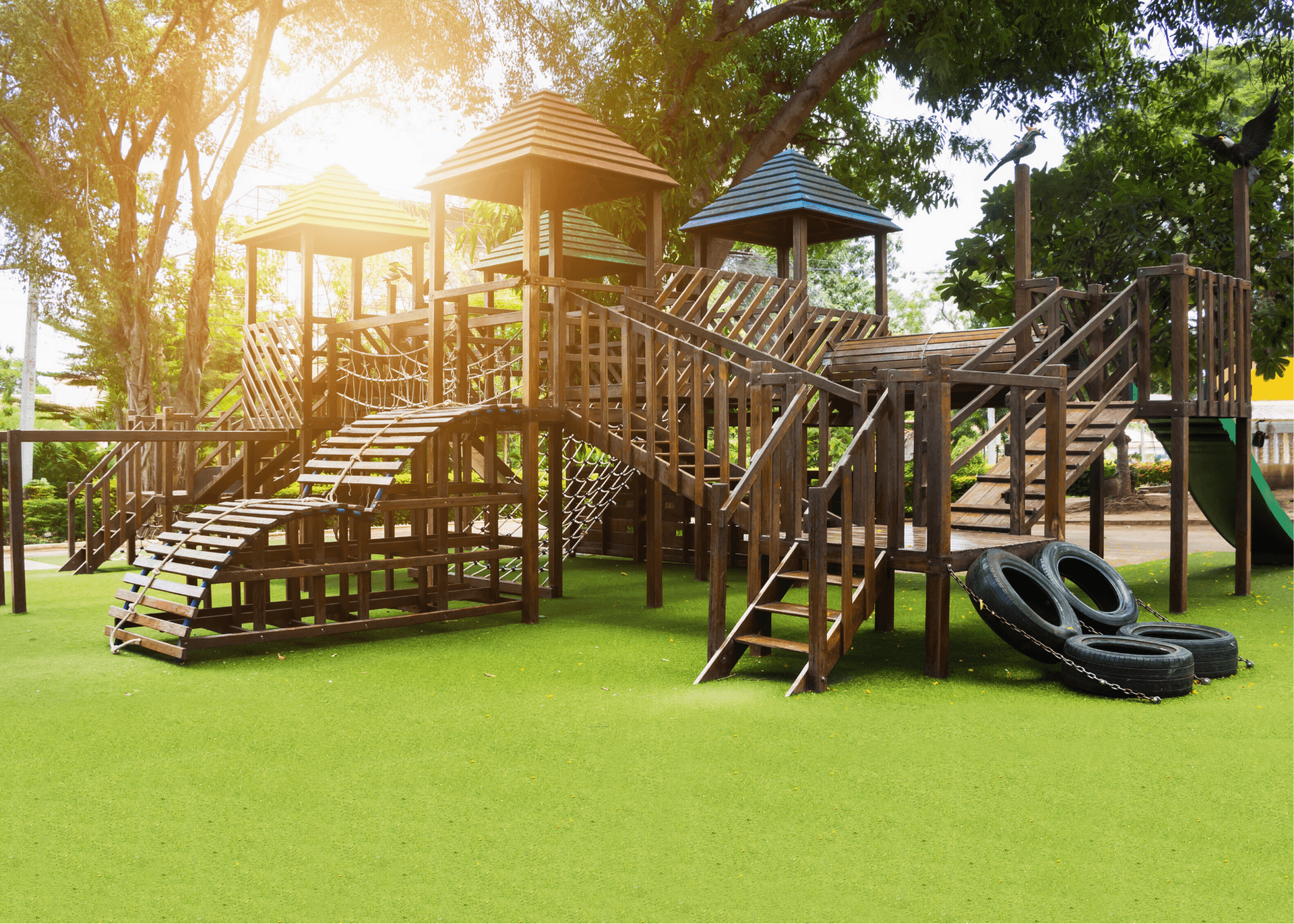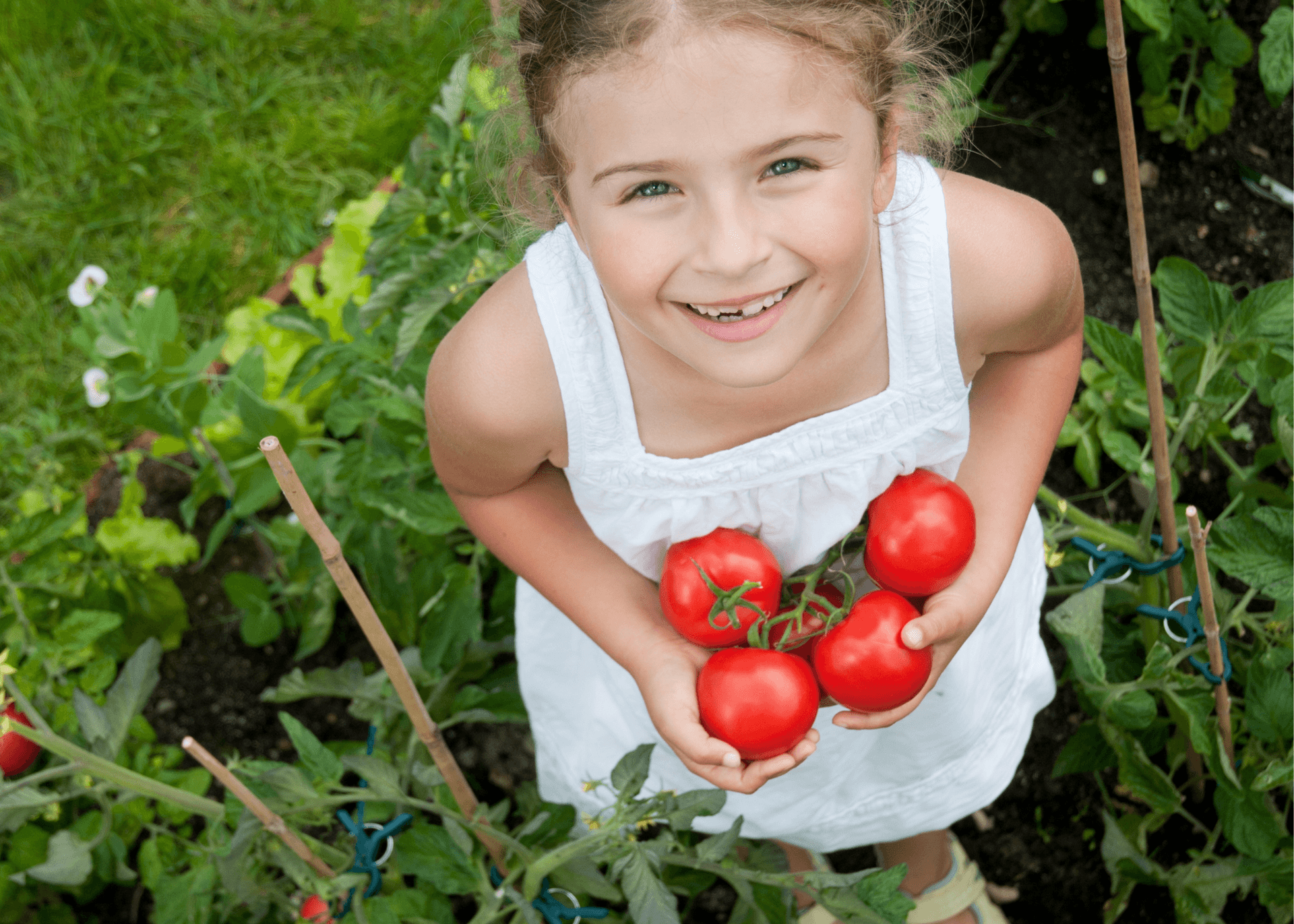3 Landscaping Ideas to Get your Kids Outside More

Explorative Spaces
Children are constantly learning about the world around them and how it works. One of the best ways to foster this learning spirit is to give them spaces to explore. Explorative areas are unstructured play areas. Allow them to build forts, play hide and seek, and get a little bit dirty. This not only can provide hours of free entertainment, but it also helps their development. Research shows that when children spend more time outdoors, they are better able to focus, learn, and remember things.

When it comes to landscape design for outdoor play, sometimes less is more. Kids don’t need fancy jungle gyms to practice strength, balance, dexterity, and bravery. They have a marvelous time with stumps or logs to balance on and jump off, boulders to scramble on, and a wide variety of landscape materials (gravel, sand, soil, wood chips, plants) to play with and explore.
By planting a variety of trees, shrubs, flowers, and ground covers, you will make your yard seem more mysterious. Adding kid-friendly natural spaces will help your yard transform into whatever your kids can imagine. For example, a weeping willow can become a magical hide-out and a green bean tepee can be a fun fort.
Some super additions to explorative areas include a sandbox, a water table, chalk, an outdoor mud kitchen, and tools like spoons, buckets, toy shovels, and cups for mixing, dumping, pouring, and so on.

Other explorative activities can be fostered by you, with a little effort. Prep outdoor scavenger hunts for them to help them explore the natural world around them. Use materials from your yard like leaves and sticks and rocks to make artwork with your children.
In an explorative area, the opportunities are as endless as a child’s imagination.
Built Play Spaces
Any parent knows that kids love to swing. Incorporating a swing set, slides, trampoline, jungle gym, small climbing wall, or sport court can help children of all ages to be more active. Studies have shown that having access to outdoor playgrounds increases the amount of time children will spend being physically active. This is critical to children’s health because it helps them to develop coordination, strong bones and muscles, and increases mental capacity.

For proper development, children should be very active. Toddlers to school-aged children are recommended to have near-constant activity throughout the day (so if you’ve spent hours chasing after a 2 year old, know that this is natural). Children ages 6-17 are recommended to have at least an hour of vigorous physical activity per day, and more benefits come from additional time. Designing play zones in your yard can help encourage your children to get outside and be more active.
Garden Ownership
Gardening with children of all ages helps them to learn valuable lessons. You can use gardening as an opportunity to teach your children about where their food comes from and build responsibility as they water and care for their plants. These skills will help them be more self-sufficient and will help foster a relationship with and a love for the outdoors.

If you allow your children to choose a plant to grow, they will become invested in its success. They are also more likely to eat foods that they have helped with. Even if all you can give them is a couple square feet, giving them their own little garden plot or grow box will be an exciting thing for them. Allow them to choose what they want to plant, whether its fruit, vegetables, or flowers. This will give them independence, creative freedom, and ownership. It will also teach them the law of the harvest—they will learn that the reward of gardening comes after weeks of care and nurturing.
For adults, gardening requires functional movements that help to increase strength, lower high blood pressure, and health outcomes. Working in soil boosts serotonin levels, which makes us happier. In gardening with your children, you can benefit your own health as well as plant seeds in them that will help them to live a healthier life when they grow older.
Bonus
And that brings us to our bonus tip: one of the best ways to get your kids to go outside is to get outside, yourself. Sometimes the dishes and laundry need to be done, indoor projects beckon, and there’s always work to plow through, but if you can leave it behind for at least a few minutes each day, your kids will be sure to follow your lead and head outside.

Getting out the door is the hardest part of playing outside. Once we get outside, it’s easy to stay out for longer than we originally planned. And chances are if your kids have explorative areas, built play areas, and gardens of their very own, they won’t be able to resist staying out for a good, long time.
Outdoor play is so incredibly beneficial for children. It sharpens their mind, strengthens their body, and teaches valuable skills. Incorporating some of these guidelines can help encourage them to get outside and experience the world around them. And while they’re at it, you may as well head outside to be with them. It’ll benefit you heaps, too.

